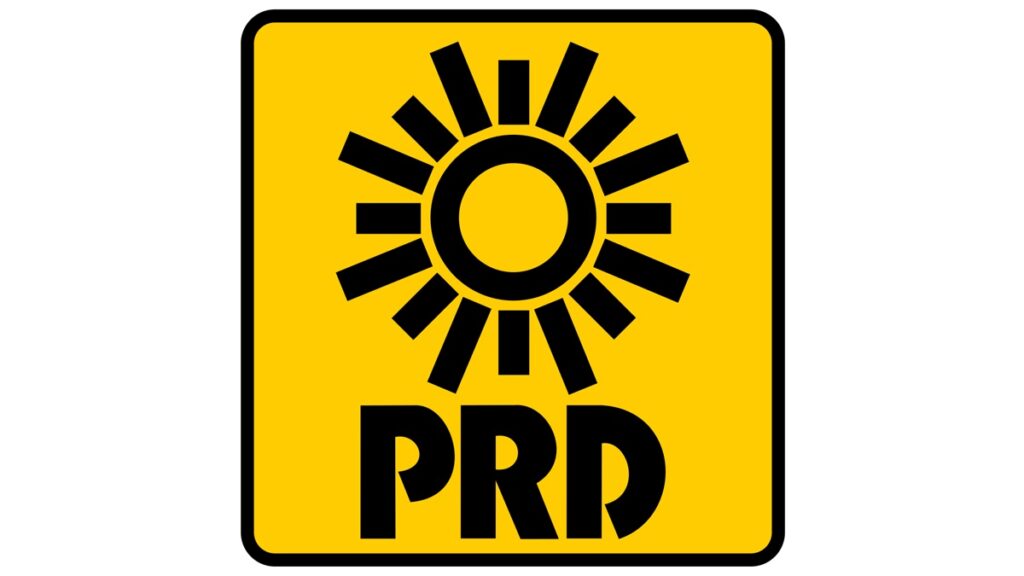The development of a product that will be potentially in demand and useful in the market begins with analytical calculations and planning. Since the development of a complex technological information product requires well-coordinated teamwork, the start of work is preceded by the implementation of a certain algorithm of actions. So, the dialogue between the customer and the contractor is much easier provided that a special PRD document is drawn up, which describes:
- requirements for the product being developed;
- preparation of specifications;
- drawing up a technical work plan.
To answer the question about the process of creating a document, its content and key aspects, you need to consider each of the points in detail. You can check the product requirements document example to clarify the most important questions for yourself. Within the product requirements document example, we will consider the theoretical part of creating technical documentation.
PRD concept, key features
By its very nature, the PRD is the starting point for subsequent work. It contains critical information that describes key information and requirements for the product. If you conditionally divide the document by content, then you can distinguish the following components:
- specifications;
- opportunities that become available through the use of the product;
- stages of work performance, indicating the time allotted for the implementation of each of them;
- development conditions;
- the key objectives of each planned process;
- tasks of the final product.
This file declares the entire development process even before it begins, serves as an introductory preliminary instruction for future development. The benefits of the product are obvious: all key aspects are negotiated in writing, agreed upon, and only then put into operation. This approach will help not only to complete all the necessary activities, but also to avoid misunderstandings.
About the benefits of PRD
The very nature of the document may already give some hint of the main advantages and the need for its preparation. First of all, the purpose of creating this file is to clarify and miscalculate the risks, clarify possible omissions and eliminate misunderstandings that may arise from improper communication between the client and the contractor. With a properly composed PRD:
- work becomes transparent and precise;
- the risk of missing an important detail is eliminated;
- issues of misunderstanding are minimized;
- work is done more efficiently.
Now a little bit of terminology, which is often used in work, being the main subject of inaccuracies in the perception of the essence of the processes and the final result.
Specification: what is it and why is it needed?
Basically, a specification is a documentary description of all functional and non-functional expectations of the future system (for example, functional and non-functional requirements of an application). Depending on the project, it can change. But you can conditionally designate the main requirements for the content:
- Name of product;
- developer data;
- indication of the version of the document;
- history of changes made, goals achieved and other data.
For convenience, PRDs are created following a specific structure embedded in a logical sequence. It all starts with a table of contents. This part provides detailed data on the characteristics of the company (its needs, business tasks). It then describes the future / current system that the company wants or is already using. To eliminate inaccuracies, a glossary of terms used in the document is added so that all parties are aware of the interpretation of a specific concept. Description of the business model (in particular, taking into account subjects, rules, business processes)
and a list of requirements (with prioritization and description of use cases) precedes the description of the system model.
Summarizing the above
PRD is not only technical documentation (specification of functional requirements) in the full sense of the word, but also a document that allows:
- evaluate the project (especially useful in a fixed price calculation model)
- determine the time frame for each stage of work;
- divide the project into stages (sprints);
- indicate the team of specialists necessary for its implementation;
- choose the most suitable technologies and tools;
- plan possible integrations;
- adapt the product to current standards;
- understand the developers for what and how the system will be used (for example, use cases).
Taking into account all the requirements that apply to the system is time-consuming and labor-intensive. However, this definitely has a positive effect on the final speed and quality of digital product creation. This allows you to avoid unnecessary mistakes, reduce the number of fixes and changes.
Laila Azzahra is a professional writer and blogger that loves to write about technology, business, entertainment, science, and health.
